In the shadowy alleyways and suburban backyards of North America, a masked bandit operates with precision under cover of darkness. The raccoon—Procyon lotor to scientists, "trash panda" to amused homeowners—has perfected the art of urban survival through an extraordinary talent: dismantling human waste systems with the finesse of a locksmith and the persistence of a burglar.
These intelligent creatures have transformed garbage bins into all-you-can-eat buffets, their dexterous paws defeating latches, hinges, and even "raccoon-proof" containers. Wildlife biologists note that urban raccoons develop problem-solving skills comparable to primates, learning from observation and passing techniques through generations. A 2019 study in Toronto found that juvenile raccoons mastered complex bin openings 30% faster when raised by mothers who frequented urban areas.
The arms race between humans and raccoons has spawned ingenious adaptations on both sides. Homeowners install bungee cords, weight-activated lids, and ammonia-soaked rags, while raccoons counter with enhanced tactile sensitivity—their front paws contain four times more sensory neurons than most mammals. Videos captured by motion-activated cameras reveal their methods: standing on hind legs to leverage body weight, using teeth as pliers, and cooperative bin-tipping among groups.
Beyond physical prowess, raccoons demonstrate remarkable cognitive flexibility. Researchers at Vanderbilt University documented individuals solving multi-step puzzles (like rotating locks in sequence) after just three attempts. This intelligence comes at a cost: urban raccoons now exhibit smaller home ranges and altered social structures compared to wild counterparts, with some forming loose "garbage guilds" that patrol specific trash routes.
Municipalities have spent millions redesigning waste infrastructure, yet the raccoons persist. In Chicago, a $600,000 pilot program tested automated bins with magnetic locks—only to find the animals learned to trigger the sensors by waving branches. Meanwhile, the animals' success has ecological consequences: raccoon populations in some cities have tripled since 1980, disrupting local food chains and spreading parasites normally rare in urban areas.
This interspecies conflict reveals deeper truths about urban wildlife adaptation. As habitat destruction accelerates, animals like raccoons don't merely survive human dominance—they thrive by reverse-engineering our systems. Their trash-can conquests mirror humanity's own evolutionary triumphs: tool use, social learning, and environmental manipulation. Perhaps we're not so different from these clever creatures who, like us, simply follow the most reliable food source available.
The next chapter in this evolutionary saga may involve artificial intelligence. Some cities now employ machine learning to predict raccoon movements based on trash collection schedules, while wildlife experts experiment with "cognitive enrichment" strategies—providing puzzle feeders in parks to divert raccoons from residential areas. Whether these measures will outwit nature's ultimate trash hacker remains uncertain, but one truth endures: where humans create waste, raccoons will find opportunity.
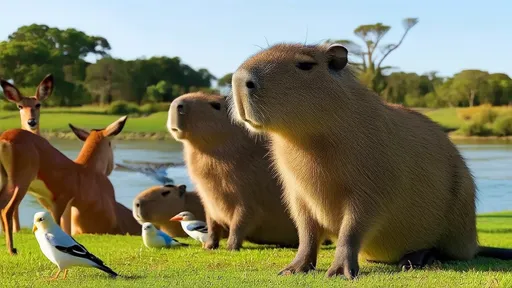
By /Jun 10, 2025
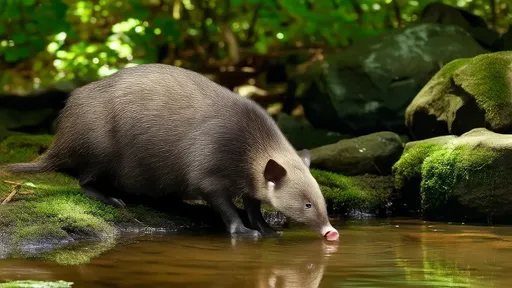
By /Jun 10, 2025
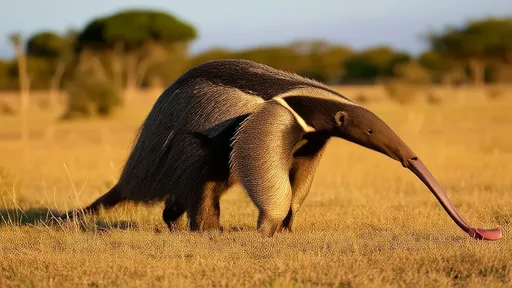
By /Jun 10, 2025
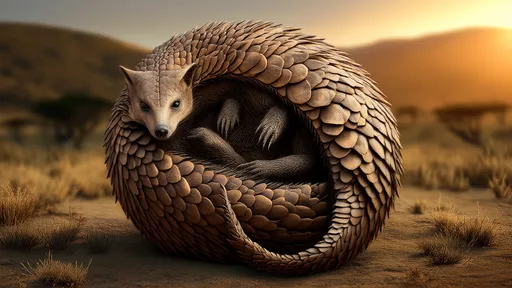
By /Jun 10, 2025
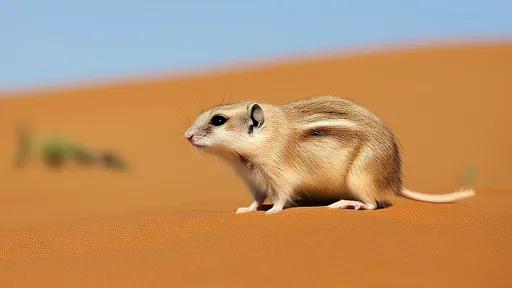
By /Jun 10, 2025

By /Jun 10, 2025
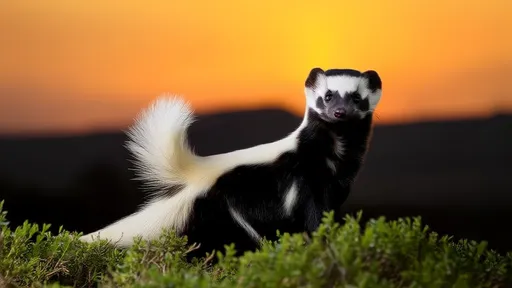
By /Jun 10, 2025
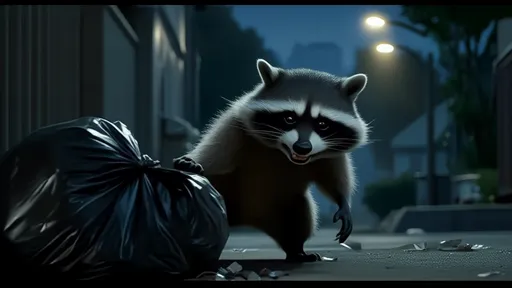
By /Jun 10, 2025

By /Jun 10, 2025
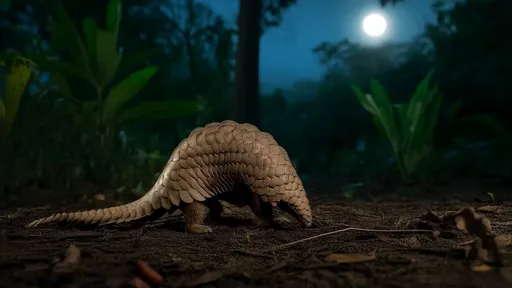
By /Jun 10, 2025
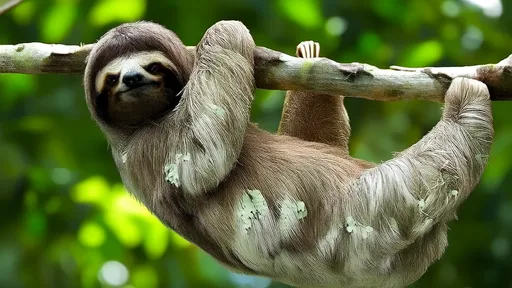
By /Jun 10, 2025
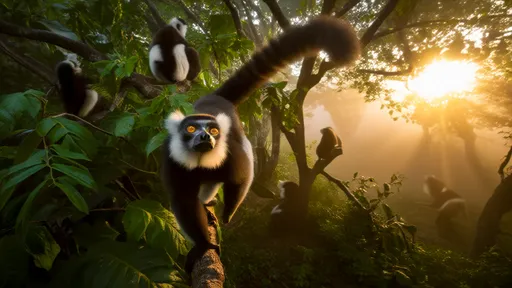
By /Jun 10, 2025

By /Jun 10, 2025
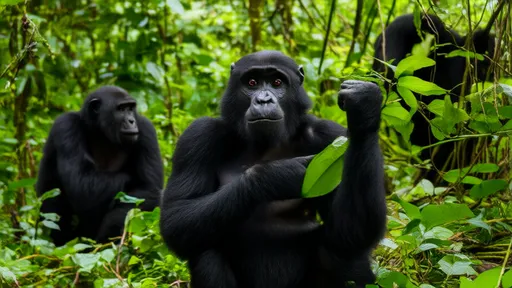
By /Jun 10, 2025
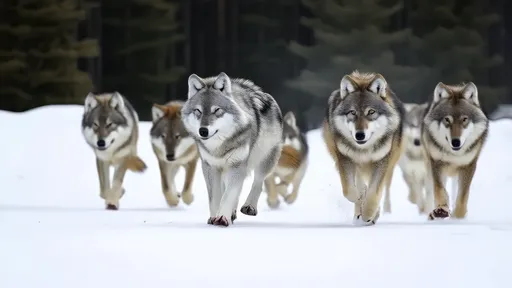
By /Jun 10, 2025

By /Jun 10, 2025
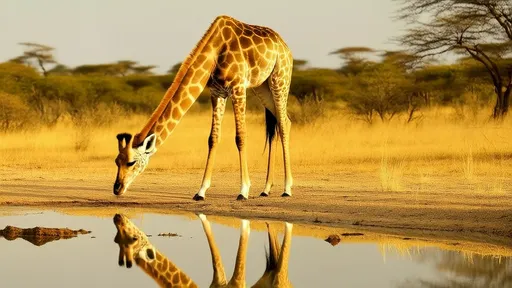
By /Jun 10, 2025